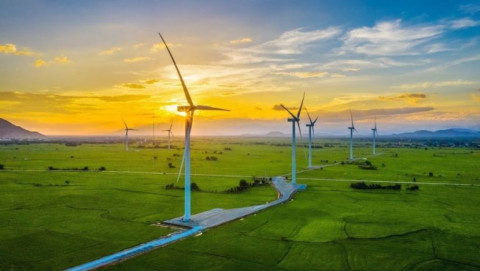Practical applications of carbon credits in the economy. Part XI: Developing a sustainable and environmentally friendly transportation system
- 113
- Socially Responsible Enterprise
- 15:32 08/07/2024
DNHN - Transportation contributes significantly to global carbon emissions. Therefore, creating a sustainable and environmentally friendly transportation system is crucial for ensuring economic development and a healthy living environment for the future.
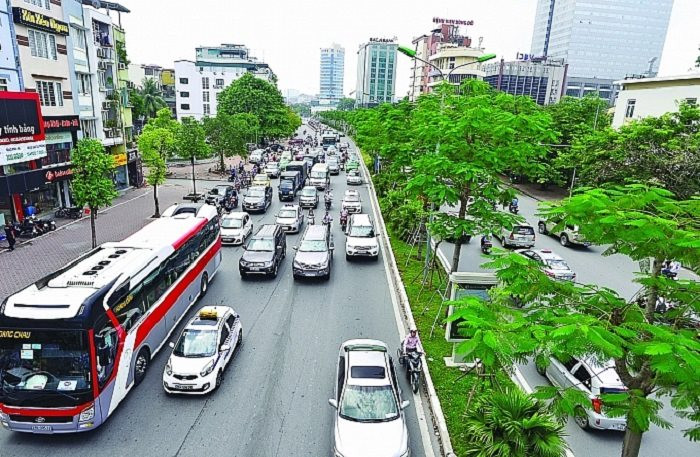
Investing in smart transportation infrastructure
One effective way to reduce carbon emissions in transportation is to encourage the use of sustainable vehicles. Electric cars, hybrid cars, vehicles powered by renewable energy, and public transportation are good alternatives to fossil fuel-powered cars. Governments and organizations can implement policies, tax incentives, and infrastructure plans to promote the use of sustainable transportation. Additionally, providing convenient recharging and refueling facilities is essential to meet user demands.
The development of information technology has opened opportunities to build smart and energy-efficient transportation infrastructure. Smart transportation systems, smart urban transport, and traffic data analysis can help optimize road usage, reduce traffic congestion, and save time and energy. Moreover, using technology to manage and control transportation systems also helps reduce carbon emissions from vehicles.
Public transportation plays a crucial role in reducing carbon emissions. Investing in modern and convenient public transportation systems, including subways, buses, trams, and other public vehicles, will encourage people to abandon personal vehicles and switch to public transport. Providing high-quality and convenient public transportation services will motivate people to use them in their daily life.
Transportation and logistics processes can be improved to reduce carbon emissions. Using technology to monitor and manage transportation processes, optimize routes, and eliminate inefficiencies can help reduce carbon emissions from trucks and other freight vehicles. Additionally, encouraging the consolidation and sharing of transportation can minimize the number of vehicles on the road and reduce carbon emissions.
Innovation and technological development in the transportation sector are crucial for low-carbon development. Research and investment in new technologies such as self-driving cars, autonomous electric vehicles, and smart transportation systems can help reduce carbon emissions and enhance transportation efficiency. Encouraging collaboration between technology companies and the transportation industry also promotes the development and deployment of new solutions.
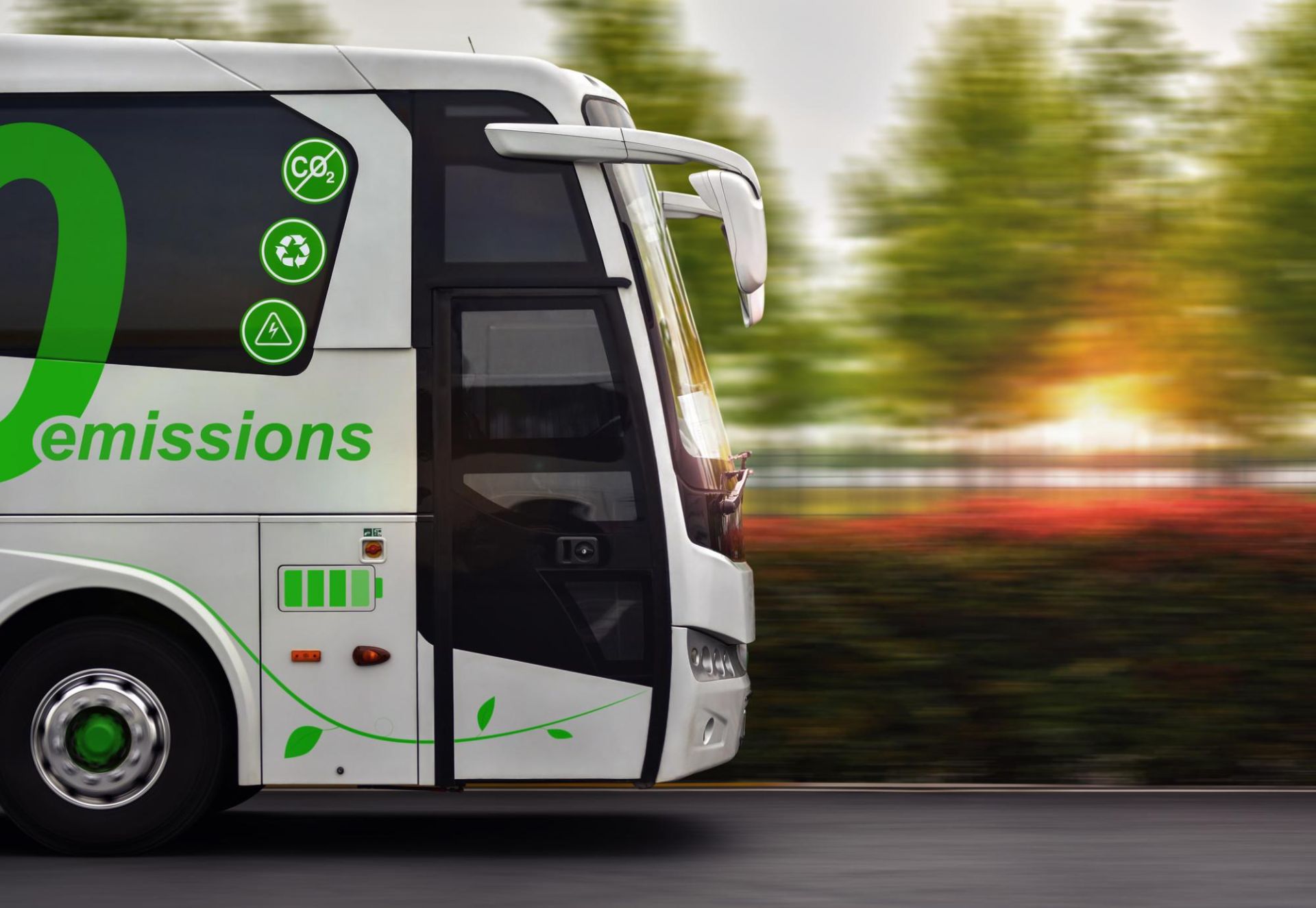
Developing a sustainable and resilient transportation sector is vital
According to experts, developing low-carbon transportation is a significant step in reducing carbon emissions and protecting the environment. By encouraging the use of sustainable transportation, building smart infrastructure, promoting public transport, optimizing transportation processes, and innovating technology, we can create an environmentally friendly and sustainable transportation system for the future. Cooperation between governments, businesses, and communities is necessary to achieve this goal and build a bright future for the next generations.
Mr. Ousmane Dione, Director of the World Bank in Vietnam, believes that a resilient transportation system is crucial for ensuring Vietnam's economic success, especially as the economy relies heavily on foreign trade and seamless transportation connections. The results and recommendations in this report will support Vietnam's efforts in developing a sustainable and resilient transportation sector.
According to Mr. Ousmane Dione, combining various policies and investment categories, by 2030, Vietnam can reduce carbon emissions in the transportation sector by up to 9% using only domestic resources and 15-20% if mobilizing international resources and private sector participation.
Currently, the transportation sector contributes about 10.8% of total carbon emissions in Vietnam. Under normal development scenarios, these emissions are projected to increase annually by 6-7%, reaching nearly 70 million tons of carbon equivalent by 2030. The most cost-effective measures to enhance the resilience of the transportation sector include shifting transportation from road to inland waterways and coastal shipping, applying stricter fuel efficiency standards for vehicles, and promoting electric vehicle development.
This includes providing a framework to analyze critical points and vulnerabilities of the transportation network and presenting a compelling economic argument for investing in climate-resilient transportation networks in Vietnam. Vulnerability assessments consider the expected impacts of various natural disasters on transportation corridors or networks. Importance assessments examine questions such as which links and routes in the network are most critical for ensuring continuous service.
Research identifies key systemic issues and specific locations at risk from natural disasters within Vietnam's transportation network. Considering climate change, 20% of the transportation network is considered vulnerable to future natural disaster risks. Meanwhile, road network failures can result in very high losses of up to $1.9 million per day, while railway failures can result in losses of up to $2.6 million per day.
To prepare for the increasing intensity and frequency of natural disaster risks due to climate change, Vietnam's road network needs investment to improve existing road assets designed to higher climate resilience standards.
Due to the vulnerability of land transport, shifting to water transport modes will be an effective strategy to address climate change. Analysis results show that shifting just 10% of transport volume in this direction can reduce climate risk by 25%.
Nghe Nhan
Related news
- Practical applications of carbon credits in the economy. Part X: Exploiting carbon potential in intensive agriculture
- Practical applications of carbon credits for the economy. Part IX: Carbon trends in the future of agriculture
- Practical applications of carbon credits in the economy. Part VIII: Opportunities for exporting green products to the world
#environmental protection
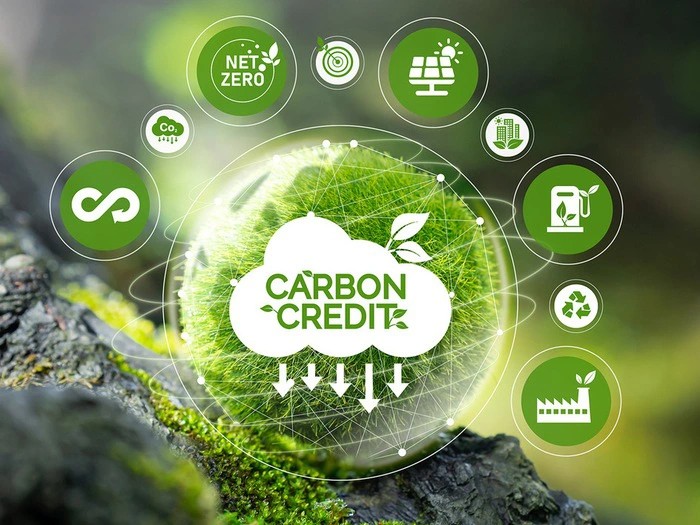
Reducing greenhouse gas emissions and carbon market development to fulfill COP 26 commitments
Vietnam aims to reduce greenhouse gas (GHG) emissions and develop a carbon market, aligning with its COP 26 commitments. This requires close coordination and comprehensive solutions from all sectors and communities.

What can be learned from VinFast's success after becoming the best-selling car brand in Vietnam?
VinFast's market-leading sales in Vietnam in September marked a major turning point, as a domestic electric vehicle brand outpaced international competitors.
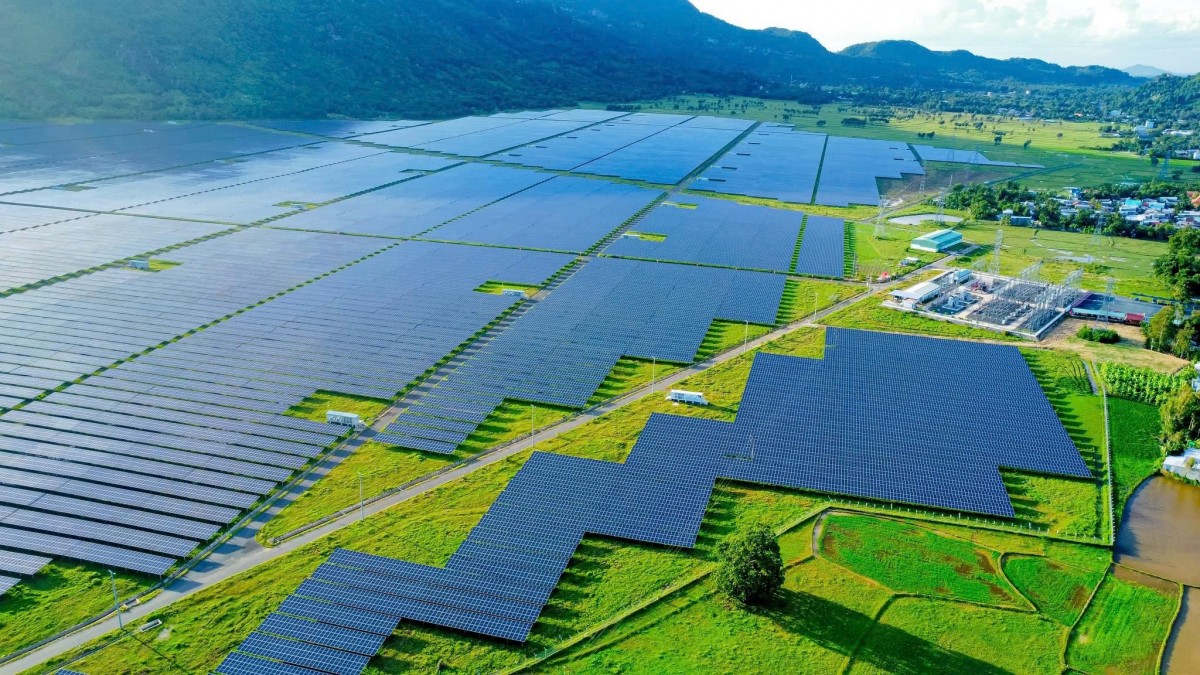
Nurturing life for the future with clean energy
Vietnam has just endured Typhoon No. 3, leaving behind a trail of destruction and loss that makes us all feel small against Mother Nature. It is time for a change, time to nurture and protect our living environment.
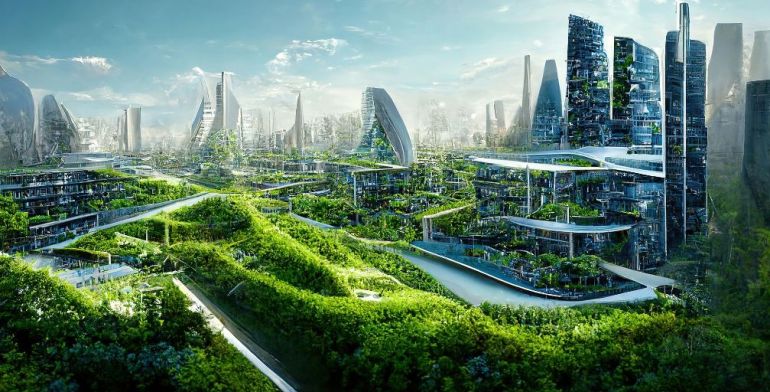
Practical applications of carbon credits in the economy. Part XXI:Carboncor Asphalt - An effective solution for Vietnam to achieve net zero emissions
Vietnam is actively implementing green construction solutions to achieve the goal of net zero emissions by 2050. These solutions reduce greenhouse gas emissions and support sustainable development in the construction industry.
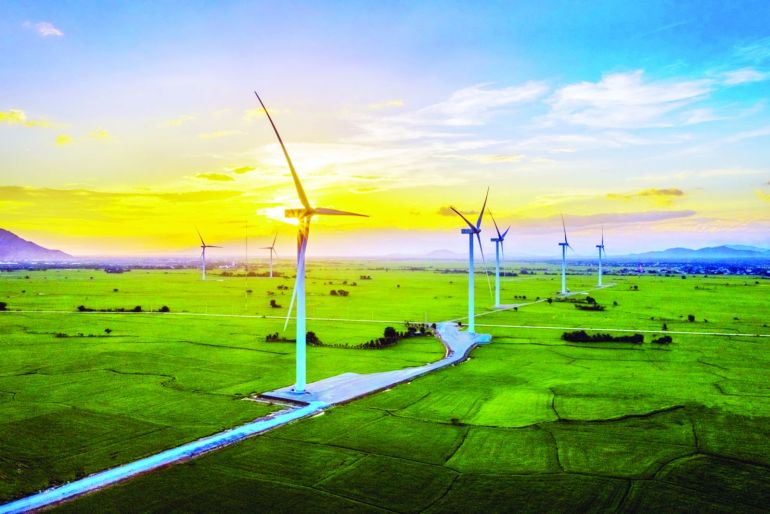
Practical applications of carbon credits in the economy. Part XI: Bridging policy and strategy for the carbon credit market
To develop the carbon credit market, the Government and businesses must improve cooperation and communication. The Government needs to provide clear policies, while businesses must adopt emission reduction strategies and leverage carbon credits.

Yen Bai: Implementing the plan to manage and eliminate ozone-depleting substances and greenhouse gases
The People's Committee of Yen Bai province has just issued document No. 3005/UBND-TNMT on the implementation of the National Plan for the management and elimination of ozone-depleting substances and controlled greenhouse gases.
Đọc thêm Socially Responsible Enterprise
When artists do business – livelihood is no poetry!
A series of indictments, arrests, and bankruptcies among artists has sounded a serious alarm.
Hanoi’s economy grows 7.92% in first nine months of 2025, FDI surges nearly threefold
Hanoi maintained robust growth momentum in the first nine months of 2025 with GRDP up 7.92% year-on-year, driven by strong services and construction sectors.
Vietnam’s strong gdp growth fails to ease labor market distress
As the year draws to a close, the pressing challenge for businesses and policymakers is how to rebuild worker morale, retain top talent, and stabilize employment amid lingering uncertainty.
Vietnam ramps up efforts to lift EU “Yellow Card” on Illegal fishing
Prime Minister Pham Minh Chinh has called for intensified and coordinated efforts to have the European Commission’s “yellow card” on Vietnam’s fisheries removed within this year.
Quang Tri calls for investment in wind power plant project worth over VND 1,100 billion
The People’s Committee of Quang Tri Province has officially announced the Hưng Bắc Wind Power Plant Project as part of its investment invitation portfolio.
Hanoi receives two million visitors during the four-day National Day holidays
From August 30 to September 2, Hanoi received around 2.08 million visitors during the four-day National Day holidays , three times higher than the figure in the same period last year, the municipal Department of Tourism reported.
Ca Mau gradually makes its mark on the national tourism map
By 2025, Ca Mau aims to attract 8.4 million visitors and achieve a total revenue exceeding 8,585 billion VND, contributing to the province's double-digit growth target.
UNDP Resident Representative hails Vietnam as an emerging economic powerhouse
Millions of people have been lifted out of poverty, hunger has been eliminated, and the economy has maintained consistent growth rates of over 6 per cent, UNDP Resident Representative in Vietnam Ramla Khalidi remarks.
Alpha Books Chairman Nguyen Canh Binh: The survival weapons of Vietnamese entrepreneurs in the age of AI.
Alpha Books Chairman Nguyen Canh Binh shares three essential lessons to ensure the survival and growth of Vietnamese entrepreneurs in the digital age: creativity, connection, and collective intelligence.
Mr. Le Viet Thang, CEO of 1Office: "Don’t use old solutions for new ai challenges"
As artificial intelligence (AI) reshapes the global technology landscape, Vietnam is taking decisive steps to establish a National AI Research and Development Center, alongside the National Data Center.






